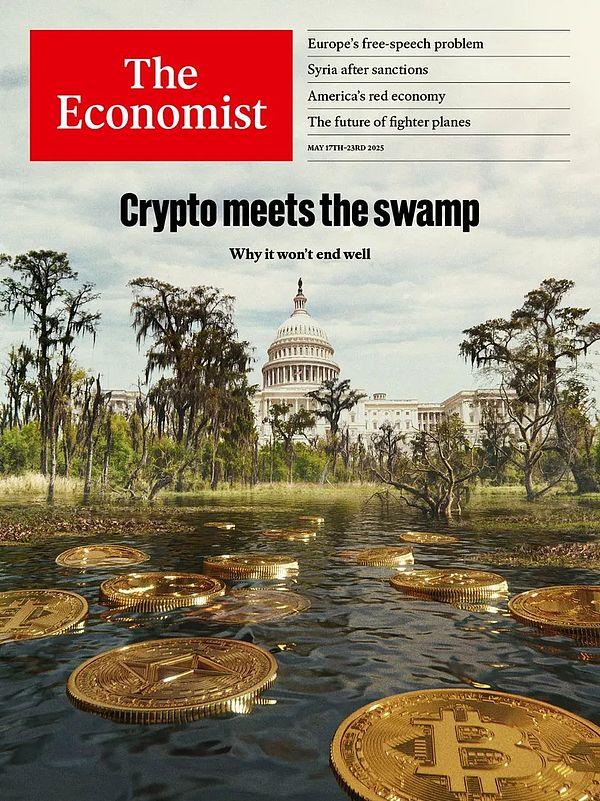Source: Web3 Practitioners
Original link: https://mp.weixin.qq.com/s/oRwxtnGwRX49O1rrcF4EVQ
The cryptocurrency market in 2025 is turbulent. When the Altcoin crash wave intertwines with geopolitical crises, BTC demonstrates astonishing resilience amid controversy.

From the pullback after breaking $100,000 at the beginning of the year to the countertrend rise during the April tariff storm, this "digital gold" born from the financial crisis is redefining the underlying logic of global asset allocation with continuously surprising performance.
·Resilience: Since the market turbulence caused by Trump's government's "Liberation Day" tariff policy, the S&P 500 index dropped by 6.5% monthly. Meanwhile, BTC rose by 12%, far exceeding gold's 2.8% increase.

·Long Bull Genes: Over the past 10 years, BTC has consistently topped the global asset class return ranking with an annualized return rate of 220%, 35 times that of gold and 42 times that of the S&P 500.

·Risk Hedging: The Bitcoin Suisse report shows that in Q1 2025, BTC's volatility (32.7%) was lower than the Nasdaq 100 index (35.2%) for the first time, marking its transformation from a "speculative asset" to a "stable asset".

This "offensive and defensive" characteristic makes BTC a "safety cushion" on institutional balance sheets amid high inflation in Europe and the US and low traditional financial asset yields. MicroStrategy's cumulative addition of 158,400 BTC and Tesla's allocation of 3.2% of assets to BTC are testament to this trend.
When the US 10-year Treasury bond's real yield drops to -1.2%, BTC becomes a hard currency "resistant to monetary depreciation" through its fixed total supply of 21 million and decreasing issuance mechanism of 6.25 coins every 10 minutes.

Data shows that while global central bank gold reserves increased by 127 tons in April 2025, institutional BTC holdings simultaneously grew by 1.8%, forming a symbiotic pattern of "new and old safe-haven assets".
Against the backdrop of the Federal Reserve's balance sheet reaching $8.7 trillion, BTC's "de-trust" characteristic demonstrates unique advantages. In Q1 2025, its negative correlation with the US dollar index reached -0.68, meaning BTC naturally becomes a "flood discharge valve" for capital during dollar depreciation cycles.

Data shows that global BTC payment transaction volume increased by 23% month-on-month in April 2025. In countries with hyperinflation like Turkey and Argentina, its role as a "civilian reserve currency" becomes increasingly clear.
Grayscale Bitcoin Trust (GBTC) premium rate turning positive to +2.3% marks institutional recognition of its "risk asset" positioning.

The more profound impact is that the BTC network processes billions of dollars in on-chain transactions daily, and its underlying technology is reshaping core fields like cross-border payments and supply chain finance.
This transformation is particularly evident at the policy level:
·Regulatory Breakthrough: The US Commodity Futures Trading Commission (CFTC) officially lists BTC as a "commodity-based asset" and incorporates it into the federal regulatory framework.
·Strategic Reserves: New Hampshire passed a bill allowing the state government to include BTC in fiscal reserves, with Texas following suit to advance similar legislation.
·Market Acceptance: CME BTC futures positions broke through 500,000 hands, with institutional hedging demand increasing by 180% year-on-year.

The "Bitcoinization" at the corporate level is even more symbolic: MicroStrategy's "42/42 Plan" aims to acquire $84 billion in BTC within two years, equivalent to 3.2 times its current market value. Japanese listed company Metaplanet incorporated BTC into an "anti-deflationary asset portfolio", driving 12% of Topix index constituents to start crypto asset allocation.
Crypto practitioners have always had a sense of secrecy and shame. But now, if you're tired of those complex "insider" details, try embracing BTC.
Regardless of your profession, gradually accumulating BTC might help you find the best balance between energy, identity recognition, and sense of security.

Next time you're hesitant to introduce your work, try saying: "I'm a BTC holder"
Standing at the 2025 timeline, BTC's "Swiss Army knife" attribute is not just an investment tool innovation, but a systematic supplement to the traditional financial system. As the global economy falls into the "stagflation fog", this "decentralized experiment" born from the financial crisis is becoming a "certainty anchor" transcending cycles. Perhaps, as MicroStrategy CEO Michael Saylor said: "BTC is not a choice, but an inevitability."
In an era of uncertainty, this "digital inevitability" is gaining more and more consensus.







